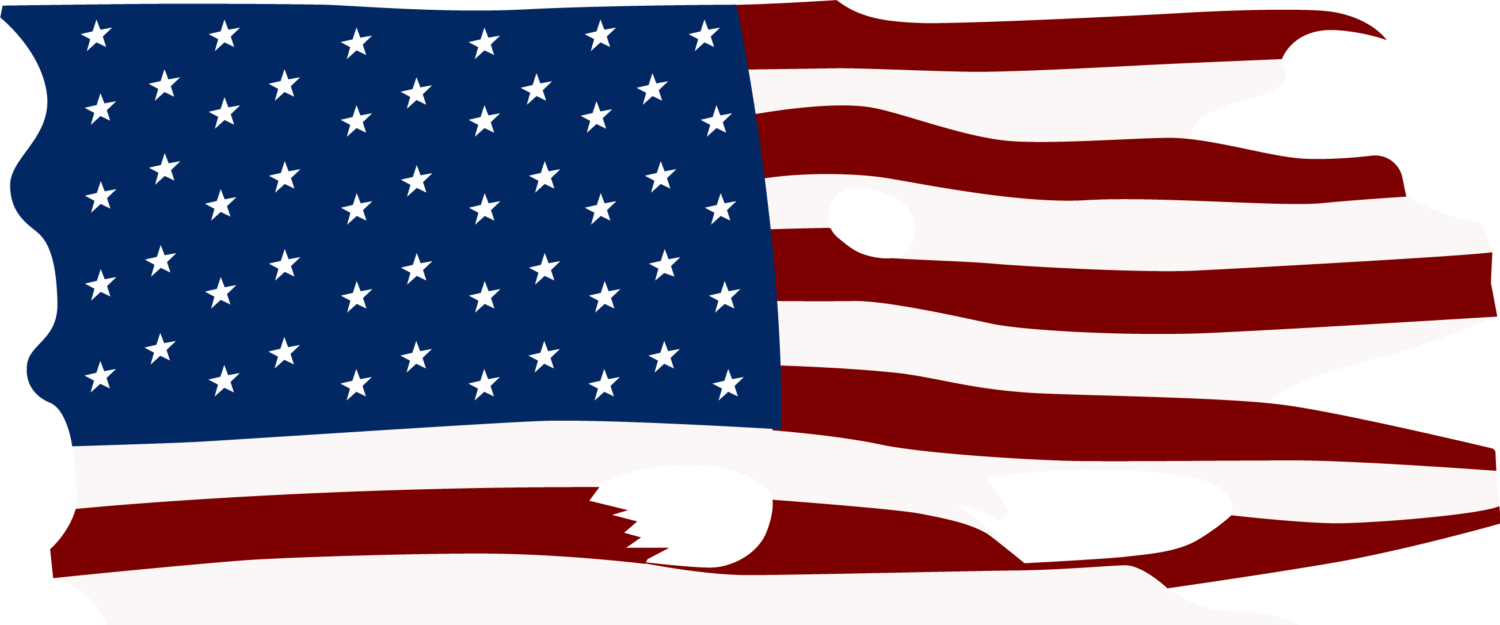During a civil or criminal trial, lawyers are allowed to make opening statements to jurors before evidence is presented and closing  arguments after both parties have finished presenting testimony and evidence.
arguments after both parties have finished presenting testimony and evidence.
But what is the difference between opening statements and closing arguments?
Here, the United States Courts’ web site explains:
“Each party in a jury trial has a right to speak directly to jurors once before and once after the evidence is presented. Those two sets of remarks serve distinct purposes and are governed by different rules.”
“Opening Statement: The opening statement at the beginning of the trial is limited to outlining facts. This is each party’s opportunity to set the basic scene for the jurors, introduce them to the core dispute(s) in the case, and provide a general road map of how the trial is expected to unfold.”
“Absent strategic reasons not to do so, parties should lay out for the jurors who their witnesses are, how they are related to the parties and to each other, and what each is expected to say on the witness stand. Opening statements include such phrases as, “Ms. Smith will testify under oath that she saw Mr. Johnson do X,” and “The evidence will show that Defendant did not do Y.” Although opening statements should be as persuasive as possible, they should not include arguments. They come at the end of the trial.”
“Closing Argument: Only after the jury has seen and heard the factual evidence of the case are the parties allowed to try to persuade them about its overall significance. Closing arguments are the opportunity for each party to remind jurors about key evidence presented and to persuade them to adopt an interpretation favorable to their position.
At this point, parties are free to use hypothetical analogies to make their points; to comment on the credibility of the witnesses, to discuss how they believe the various pieces of the puzzle fit into a compelling whole, and to advocate why jurors should decide the case in their favor.
What is the key difference?
Go to the United States Courts web site and find out.
